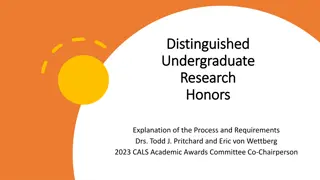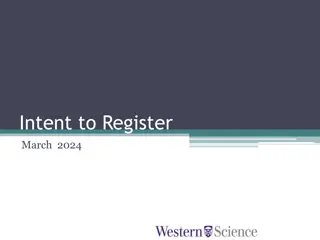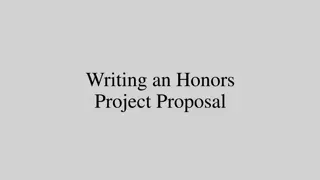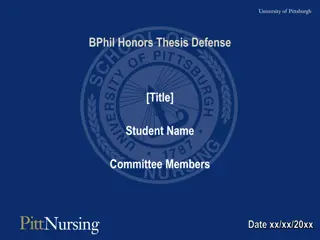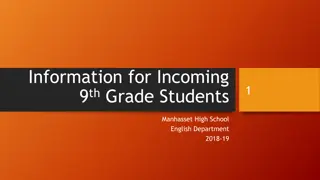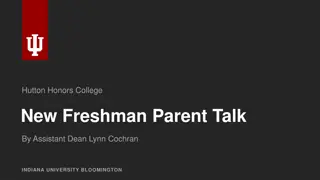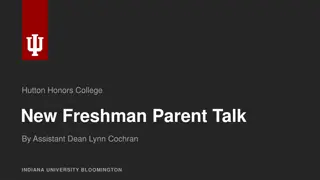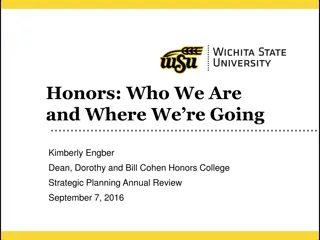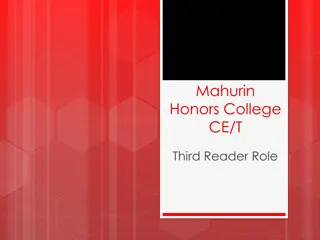Honors English 2 Final
The existence of heroic chivalry in modern times by analyzing various sources, including articles and TED Talks. Form a compelling argument supported by evidence and delve into the traits and actions associated with heroic nobility.
Download Presentation

Please find below an Image/Link to download the presentation.
The content on the website is provided AS IS for your information and personal use only. It may not be sold, licensed, or shared on other websites without obtaining consent from the author.If you encounter any issues during the download, it is possible that the publisher has removed the file from their server.
You are allowed to download the files provided on this website for personal or commercial use, subject to the condition that they are used lawfully. All files are the property of their respective owners.
The content on the website is provided AS IS for your information and personal use only. It may not be sold, licensed, or shared on other websites without obtaining consent from the author.
E N D
Presentation Transcript
Honors English 2 Final You will compose an argumentative essay using multiple sources.
The Prompt The issue of chivalry is one that we have discussed in depth this semester. My question to you: Is heroic chivalry alive today or has it disappeared? Note: I m not talking about courtly love, but instead am discussing heroic nobility, traits, and actions. Take a position either YES or NO and use sources to prove it.
Sources You have several articles that have been provided to you. Additionally, you can use the links to the two videos on the next two slides.
Videos Video 1: http://holykaw.alltop.com/ted-talk-dont-wait-to-be-a-hero-video Citation: Bezos, Mark, perf. TED Talk: Don't Wait to be a Hero. TED Talks, 2011. Web. 15 May 2013. Note: This video is a little over 4 minutes long. It is on the subject of small acts being heroic. It is told by a volunteer firefighter. Video 2: http://www.ted.com/talks/philip_zimbardo_on_the_psychology_of_evil.html Citation: Zimbardo, Philip, perf. TED Talks: Philip Zimbardo: The Psychology of Evil. TED Talks, 2008. Web. 15 May 2013. Note: This video is over 23 minutes long. It is told by a former president of the American Psychological Association who has written several books on the psychological criteria and processes for evil. He has also served as an expert witness during the Abu Ghraib trials and is the initiator of the controversial Stanford Prison Experiment, which explored this area of human psychology. Warning: the video does contain graphic images. Also, you may not have time to watch the entire video. You must finish your final during this class period.
INTRODUCTION Draw the reader in. Set up your claim (argument)by providing background information. Explain the issue or theory. State your claim at the end of the paragraph.
SUPPORTING EVIDENCE PARAGRAPH #1 Prove your argument. Usually this is one paragraph, but you can break it up if you need to. Topic Sentence Explain the Topic Sentence Introduce evidence State evidence as a quote with citation (Author #) Explain evidence State Evidence Explain State Evidence Explain Concluding sentences to back up what you have proven
SUPPORTING EVIDENCE PARAGRAPH #2 Prove your argument. Usually this is one paragraph, but you can break it up if you need to. Topic Sentence Explain the Topic Sentence Introduce evidence State evidence as a quote with citation (Author #) Explain evidence State Evidence Explain State Evidence Explain Concluding sentences to back up what you have proven
SUPPORTING EVIDENCE PARAGRAPH #3 Prove your argument. Usually this is one paragraph, but you can break it up if you need to. Topic Sentence Explain the Topic Sentence Introduce evidence State evidence as a quote with citation (Author #) Explain evidence State Evidence Explain State Evidence Explain Concluding sentences to back up what you have proven
COUNTERARGUMENT PARAGRAPH Anticipate the reader s objections. Make yourself sound reasonable and objective. Address possible arguments that the reader could pose against your own argument. Insert them and then refute them. End the paragraph by reasserting your own claim.
CONCLUSION PART 1 Remind readers of your own argument and supporting evidence. Restate your overall claim and the details you used to support it.
CONCLUSION PART 2 SO WHAT Illustrate that you have thought critically and analytically about this issue. Explain why we should care about your paper. What is its significance? Why is it important to you as the writer or to me as the reader? What information should I take away from this? Remember, no new information or quotes in the conclusion.




